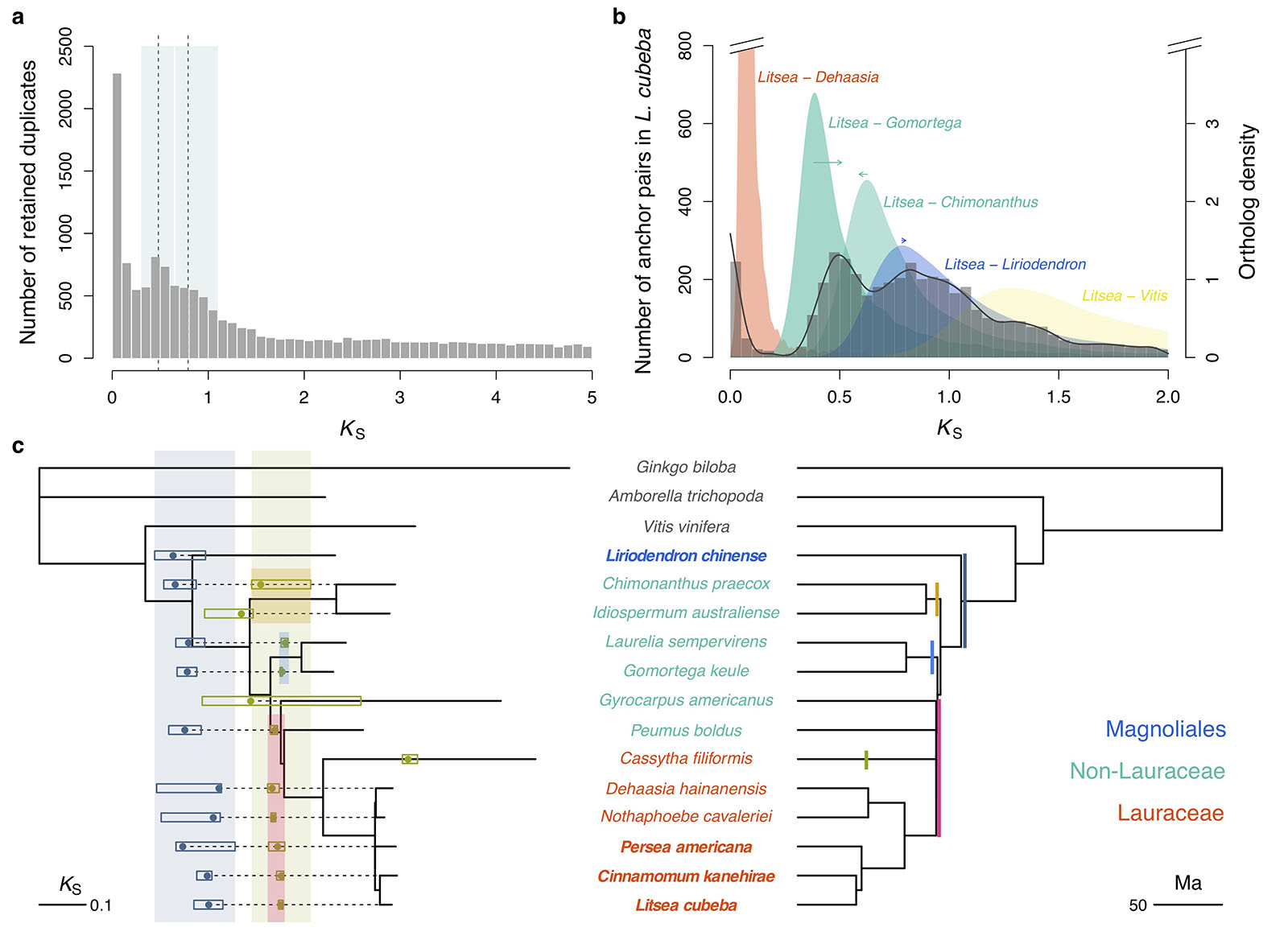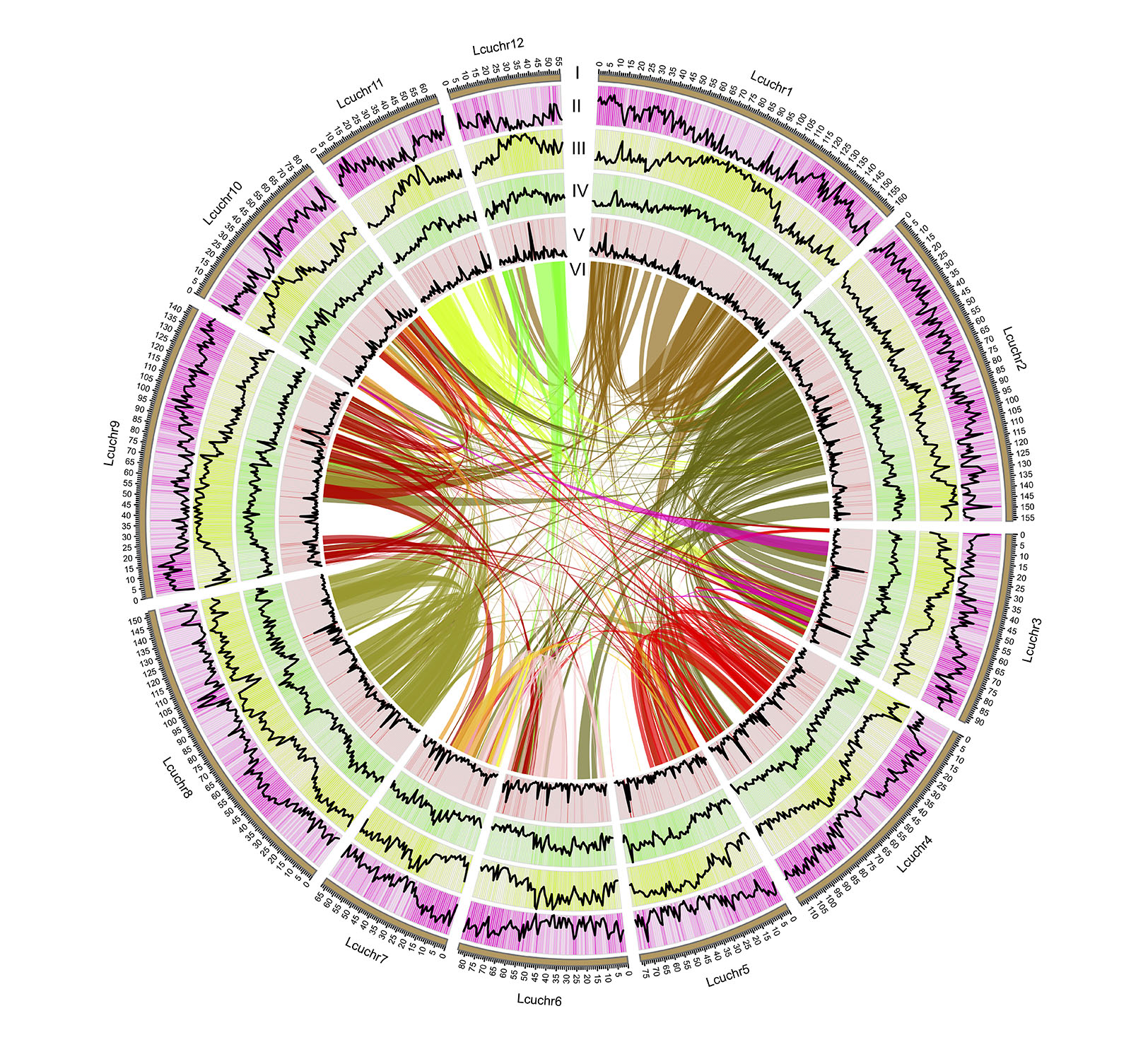In view of scientific issues such as the variety of secondary metabolites of woody plants and unclear formation and regulatory mechanisms, using China’s important industrial raw materials - Lauraceae plants as model tree species; after 13 years of research, led by Prof. Wang Yangdong, the research team from the Research Institute of Subtropical Forestry, Chinese Academy of Forestry, systematically researched the phylogenetic relationship of representative species of 20 genera of Lauraceae plants in China and their diversity characteristics such as the quantity, content and type of terpenoids. They have revealed the genomic basis for the formation of the diversity of terpenoid compounds in Lauraceae, and identified the unique gene clusters MYB106-LcTPS32 and MYB-ADH formed by compound diversity regulation of Lauraceae.
Relevant research results have been published in journals such as Nature Communication, Tree Physiology, Industrial Crops and Products, and have been cited in many high-quality papers. The research results are of great significance in guiding the precision breeding of Lauraceae species, as well as the research on the biosynthesis of secondary metabolites in woody plants and the innovation of key technologies.

Whole-genome duplication event in Lauraceae

The genome map of Litsea cubeba

Molecular evidence of phylogenetic evolution and flower morphological evolution of Lauraceae